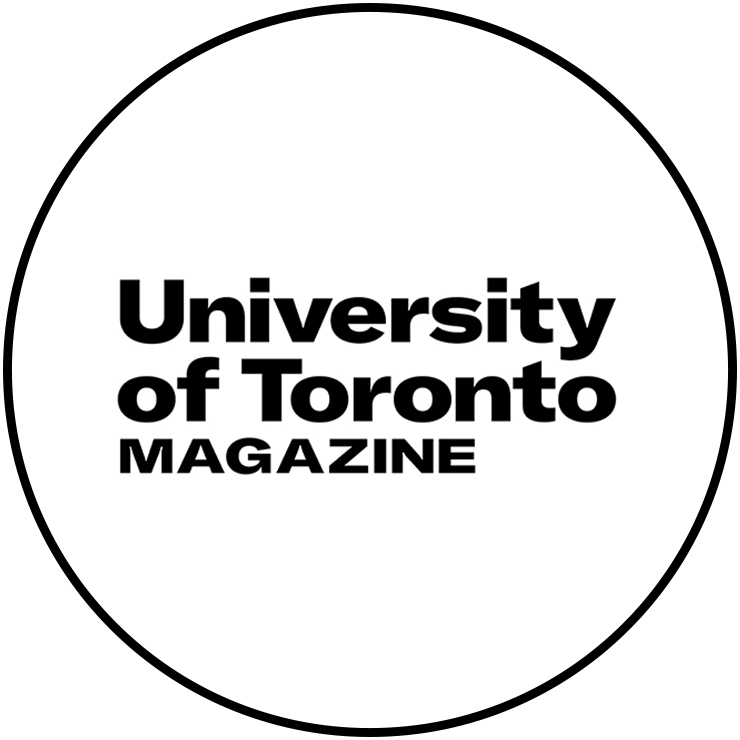
Reasons We’re Grateful
How do we wish to thank you? Let us count the ways Read More
More than 100,000 donors in 99 countries came together to raise $2.641 billion for the University of Toronto. Read on to discover 34 reasons we’re grateful — and to learn how your generosity is creating new opportunities for students and fuelling game-changing research across U of T’s three campuses.

1. Because of all of you
Seven years ago, we announced a bold plan to raise an historic $2 billion for the University of Toronto. We chose such an ambitious goal to help fulfil our academic aspirations, but also as a symbol of our determination to strengthen our place among the world’s very best universities. Read the full article
2. Because if we repeated “thank you” for every dollar raised during the Boundless campaign, we wouldn’t finish until the year 2102
3. Because there is new hope for heart patients
Fourteen years ago, at age 75, my father had his first serious heart attack. During an event like that, heart tissue is starved of oxygen and can die. Tests showed my dad’s heart had been badly compromised. It wasn’t clear what to do. Read the full article
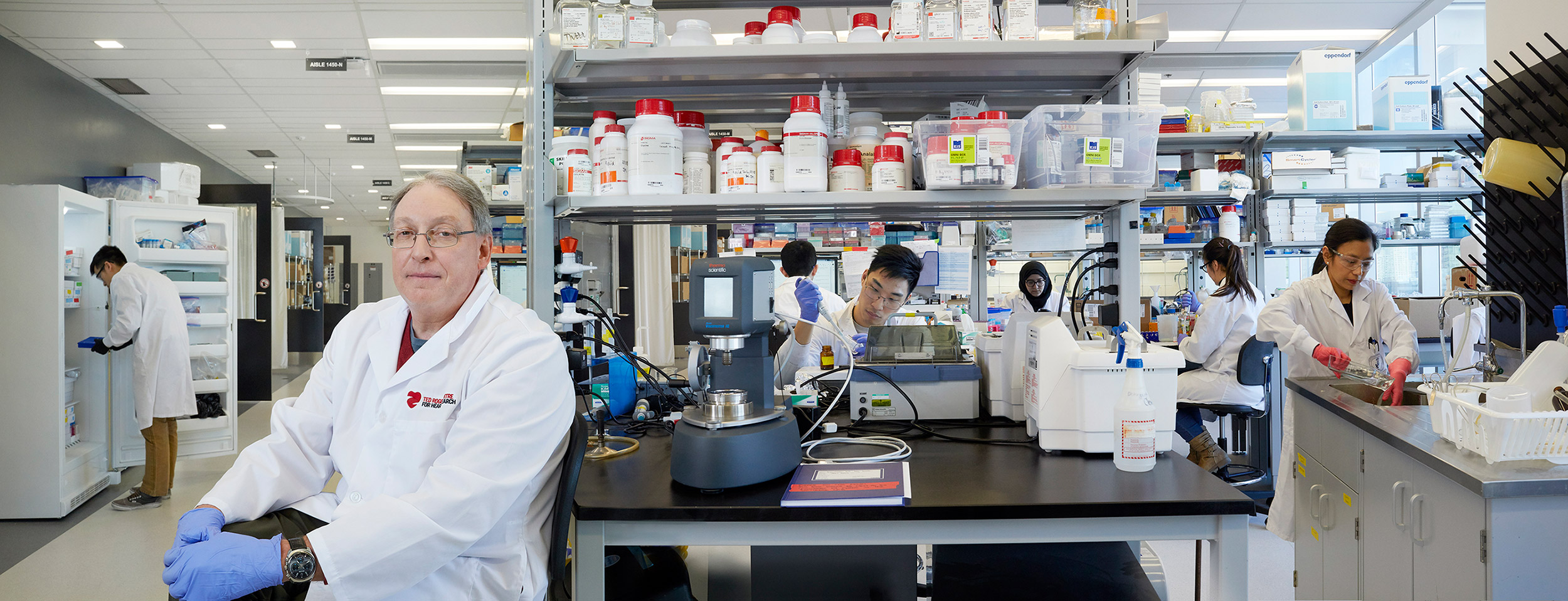
4. Because you’re backing the fight against childhood obesity

Prof. Mary L’Abbé conducts research into the nutritional quality of packaged and restaurant foods. One of her interests is food marketing to children – work funded by U of T’s Joannah and Brian Lawson Centre for Child Nutrition. She talks to deputy editor Stacey Gibson about the disturbing consequences of marketing unhealthy fare to kids. Read the full article
5. Because half of you who gave to the Boundless campaign gave more than once

6. Because landmine craters could be turned into something useful
As a result of a three-decade civil war, Cambodia is one of the most heavily mined countries on Earth: there are more active explosives buried beneath the ground than people living above it. Removing the mines is dangerous and expensive, and more than 1,900 square kilometres of land could still be contaminated. Read the full article
7. Because you turned a windfall into a pollution-stopper
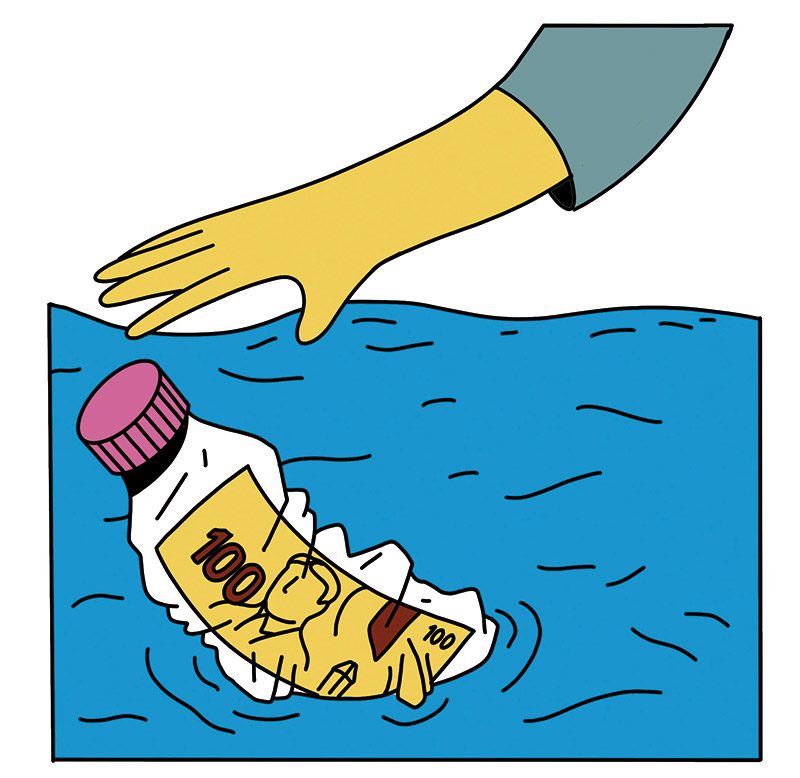
On a winter day in 2018, Yee-Fan Sun was walking along Toronto’s Bloor Street, when she spotted a $100 bill on the icy sidewalk. Sun took it home and asked her 11-year-old twin daughters, Oona and Beatrix, what she should do with it. After some thought, the young nature lovers chose to donate it to U of T professor Chelsea Rochman’s Trash Team, whose members work to reduce garbage and educate the public about waste. They’d heard about the team from their father, Asher Cutter, a U of T prof.
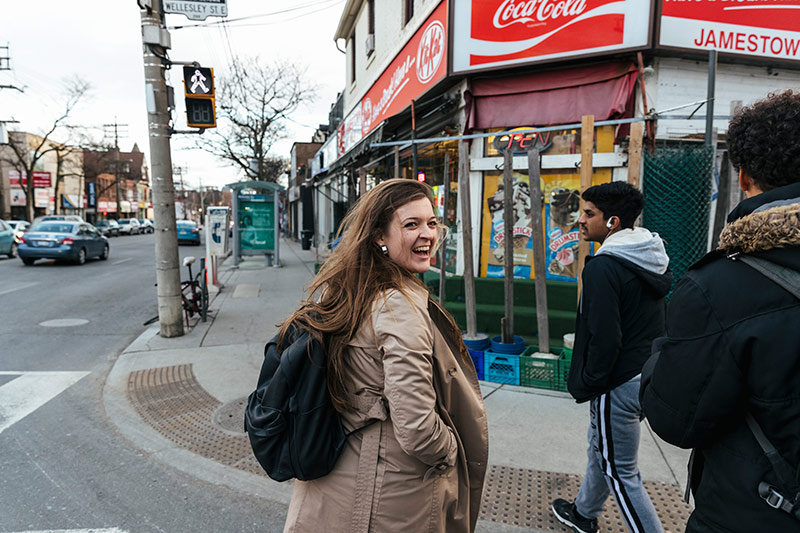
8. Because young people are sparking change in their communities
When Bahia Marks was 10 years old and living in Cape Town, South Africa, her mother, who worked in public health, sometimes took her on visits into the local communities. Even at that age, Marks – now a master’s student at the Daniels Faculty of Architecture, Landscape, and Design – noticed a relationship between what people looked like and where they lived. “I wondered why some people, who were often white, lived in areas of extreme wealth and others did not.” Read the full article
9. Because the 19,214 alumni and friends who served as volunteers during the campaign could fill Toronto’s Scotiabank arena

10. Because you believe in better protections for Canadian investors
Are your investments safe? Not as safe as you might think, says Prof. Anita Anand, who holds the J.R. Kimber Chair in Investor Protection and Corporate Governance at U of T’s Faculty of Law. The chair was created in 2016 through a gift from Chancellor Emeritus Hal Jackman (LLB 1956) to foster research into investors’ rights. Anand is calling for three major changes to boost safeguards for the 50 per cent of Canadians who own stocks. Read the full article
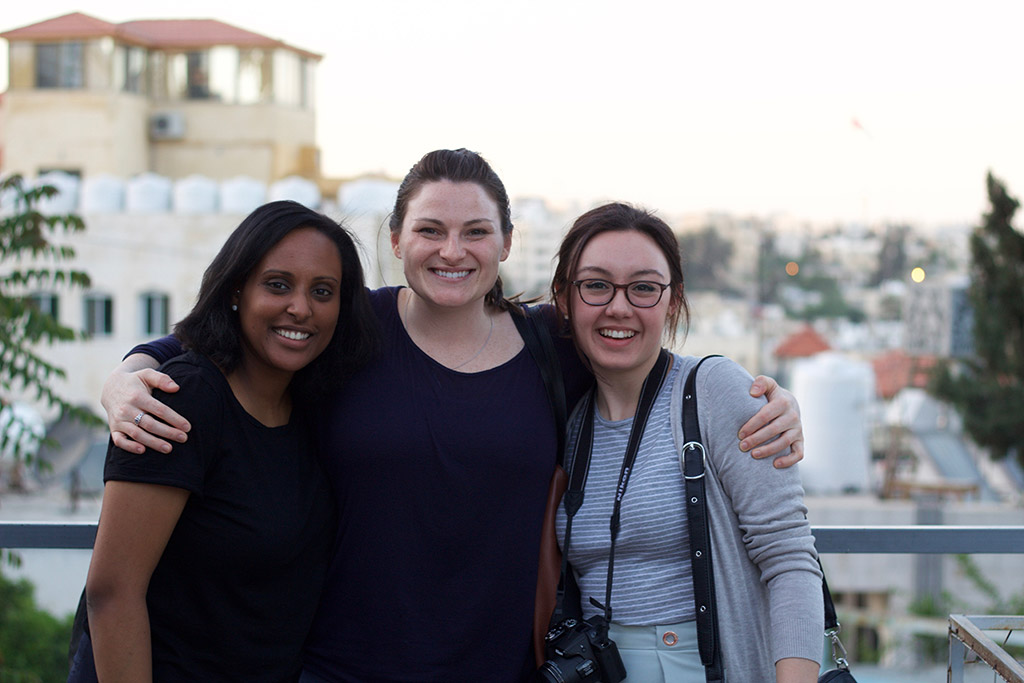
11. Because students are banking on a brighter future for refugees
Marin MacLeod (MPH 2017) can pinpoint the moment the proverbial penny dropped: In April 2017, she and four fellow students travelled to Amman, Jordan, to research a cash-assistance program led by the UN Refugee Agency. Read the full article

12. Because AI will help us find new ways to prevent disease
Chronic diseases such as Type 2 diabetes take a massive toll on Canadians, both on our health and on our health-care system. Since obesity and inactivity are major risk factors for diabetes, the most common intervention so far has been for doctors to counsel their high-risk patients to lose weight and exercise more. That’s good, but is that the most effective approach as diabetes rates continue to soar? Read the full article

13. Because kids are superheroes
Manmeet Maggu and Rahul Udasi were studying engineering at the University of Waterloo when Maggu received troubling news from family in India: His young nephew Praneit had cerebral palsy, a condition that can severely limit movement and balance. Read the full article
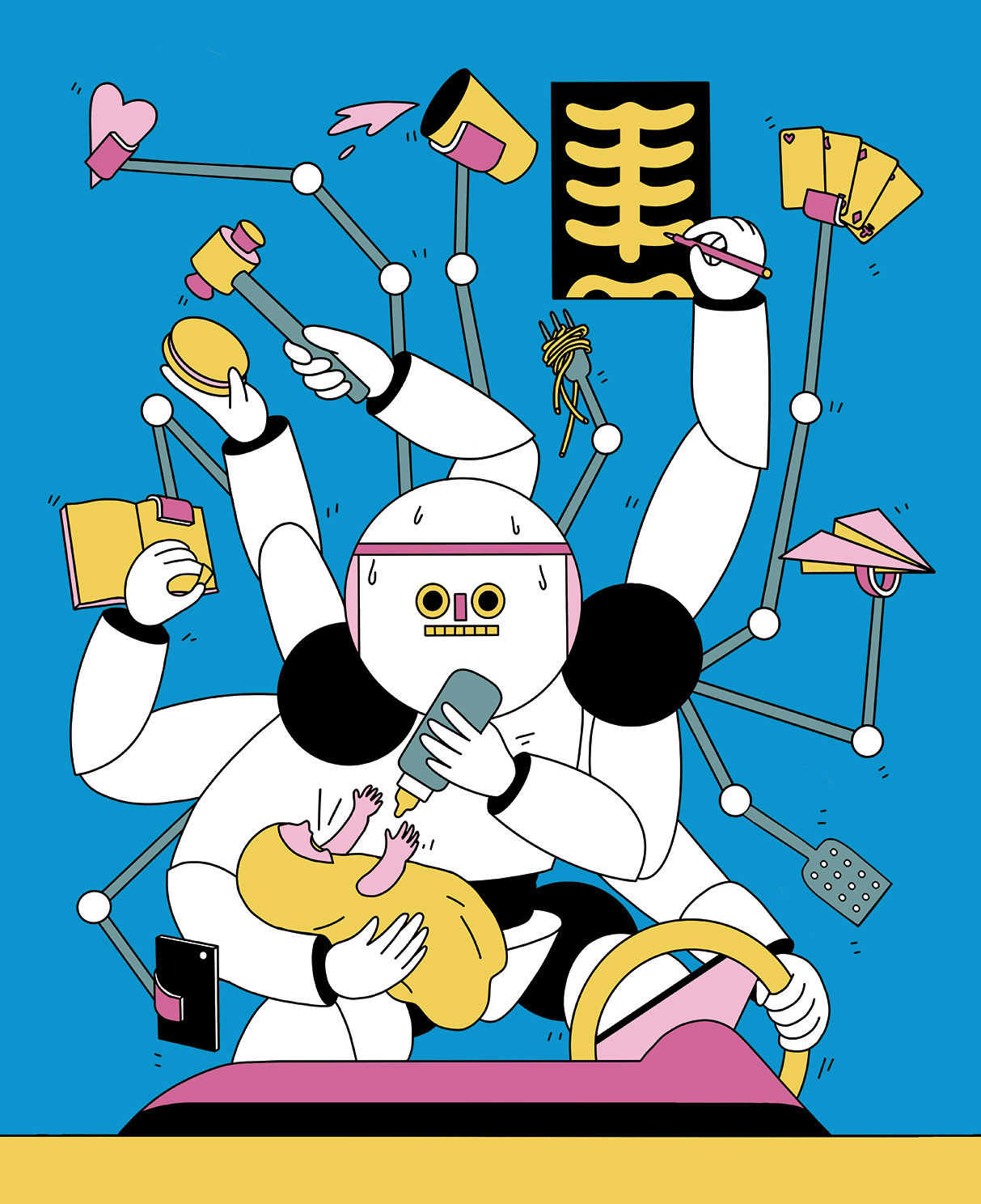
14. Because we’re beginning to understand what AI can and can’t do
Artificial intelligence (AI) continues to make deep inroads into all aspects of society – from reading X-rays to driving cars. But is our ability to assess the limits of AI keeping up? Are there areas where we should not deploy AI to assist us? Read the full article
15. Because you showed us that every gift counts: 7 in 10 donations to the campaign were for less than $1,000
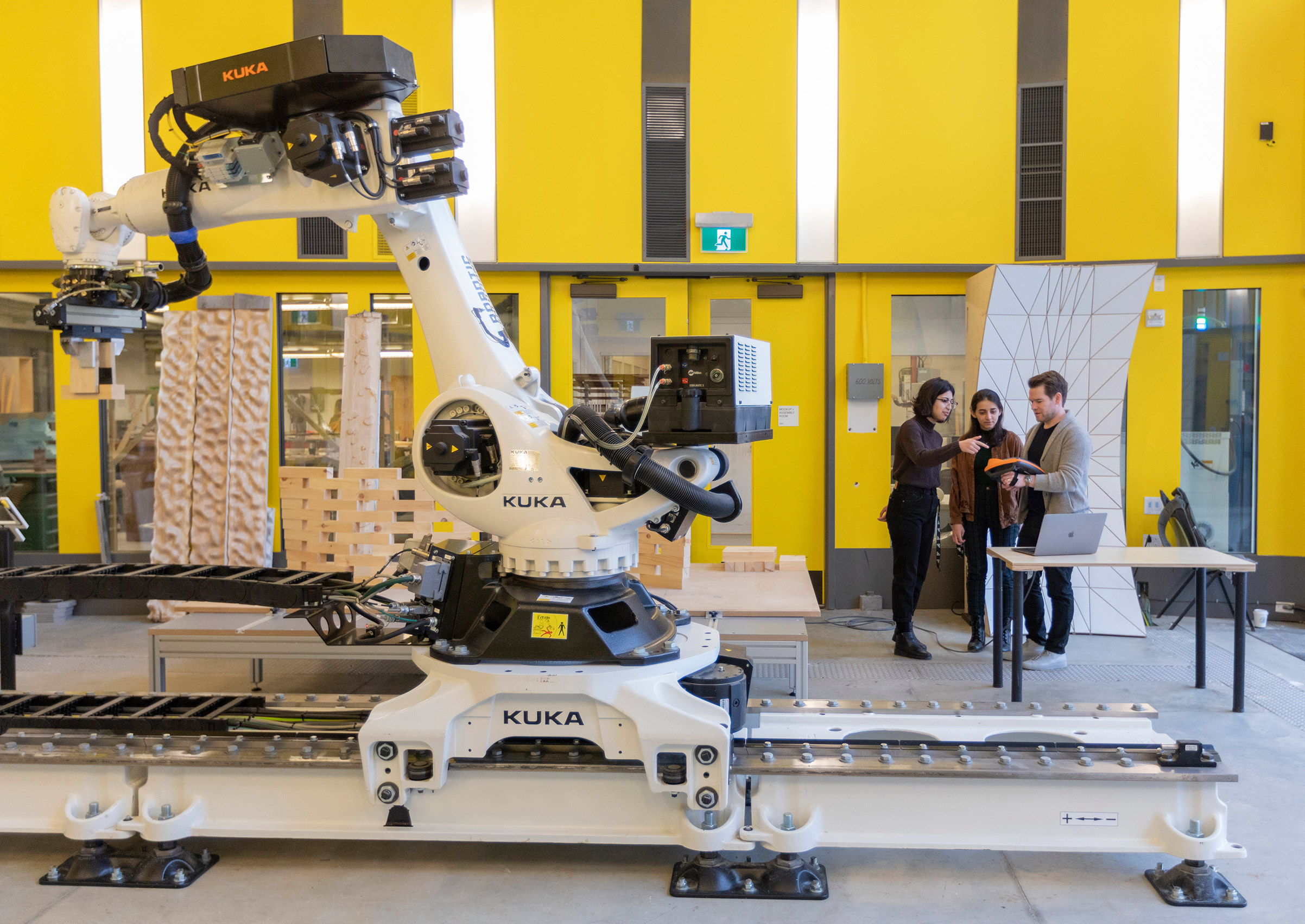
16. Because tomorrow’s campus has arrived
The Boundless campaign raised $600 million for new and updated facilities that will provide students on all three campuses with better and more accessible places to learn. These new spaces will also help U of T researchers make the next big discoveries. Take a behind-the-scenes peek inside several of the largest projects supported by the campaign. Read the full article
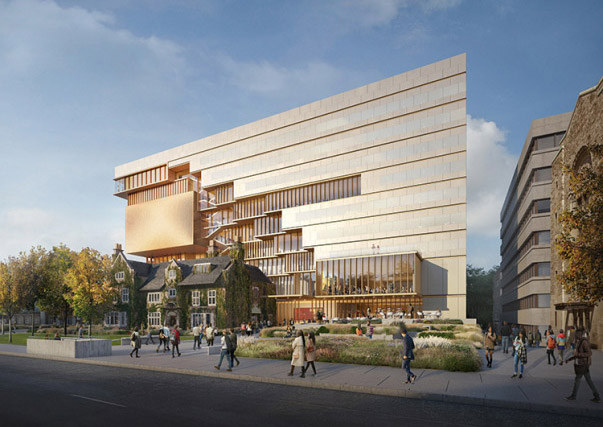
17. Because exciting changes are coming
Since the beginning of the Boundless campaign seven years ago, spectacular new spaces for teaching, learning, research and innovation have opened across U of T’s three campuses. The pace of change shows no signs of slowing, with several high-profile construction projects set to begin by 2021. Read the full article
18. Because even weddings can be Boundless

When Dr. Angela Jerath (MSc 2018) and Jason Wong (BA 1994 UC) married in 2015, they opted out of a traditional gift registry. Instead, they asked guests to contribute to a Faculty of Medicine scholarship honouring Jerath’s grandmother and mother. “They instilled in me the belief that I could do anything I set my mind to,” says Jerath, who’s now a staff anesthesiologist at Sunnybrook Health Sciences Centre in Toronto. More than 50 wedding guests contributed to the award, raising $25,000.
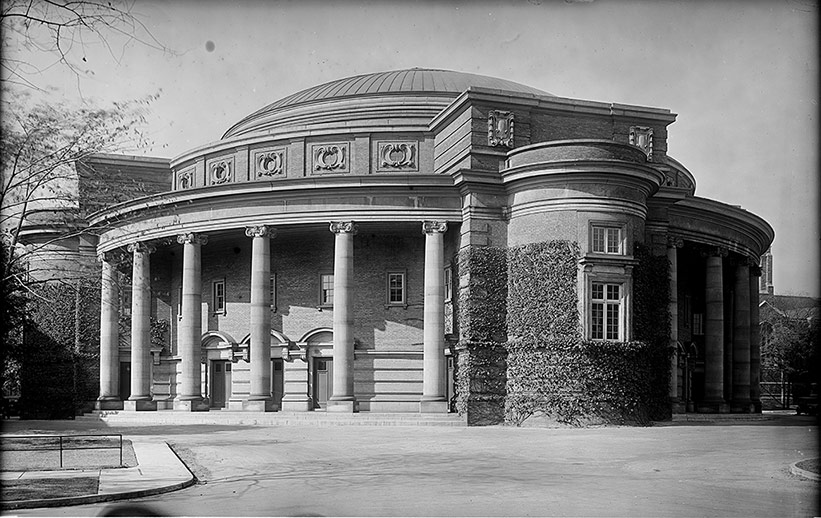
19. Because without you, there would be no Con Hall
Early in the 20th century, the newly formed U of T Alumni Association began seeking $25,000 from graduates to build a new auditorium to replace the one that had been destroyed in the University College fire a decade earlier.
As donations rolled in, plans expanded and the association raised more than double its goal. Modelled on the Sorbonne Theatre in Paris, Convocation Hall opened in time for the graduation ceremony of 1906.
Since then, countless U of T students have taken classes in Con Hall, while many others have seen 20th century legends on its stage – everyone from musician Bob Marley to former U.S. vice-president Al Gore.
To mark Con Hall’s 100th anniversary, the alumni association once again raised funds, $500,000 this time, to restore the iconic building.
20. Because 104,059 of you supported the Boundless campaign. That’s almost as many people as live in St. John’s

21. Because mentors help students find their inner strength
Sabeen had survived two abusive marriages. She had entered the first – an arranged marriage – in Lahore, Pakistan, at the age of 21. After almost 10 difficult years, she boarded a plane with her children to start again in Canada. At 35, she then tried marriage a second time. This husband quickly turned emotionally abusive. To Sabeen, living with him felt like “living with the devil,” and she began fearing for the safety of her children. In a matter of months, she found the strength, yet again, to leave. Read the full article
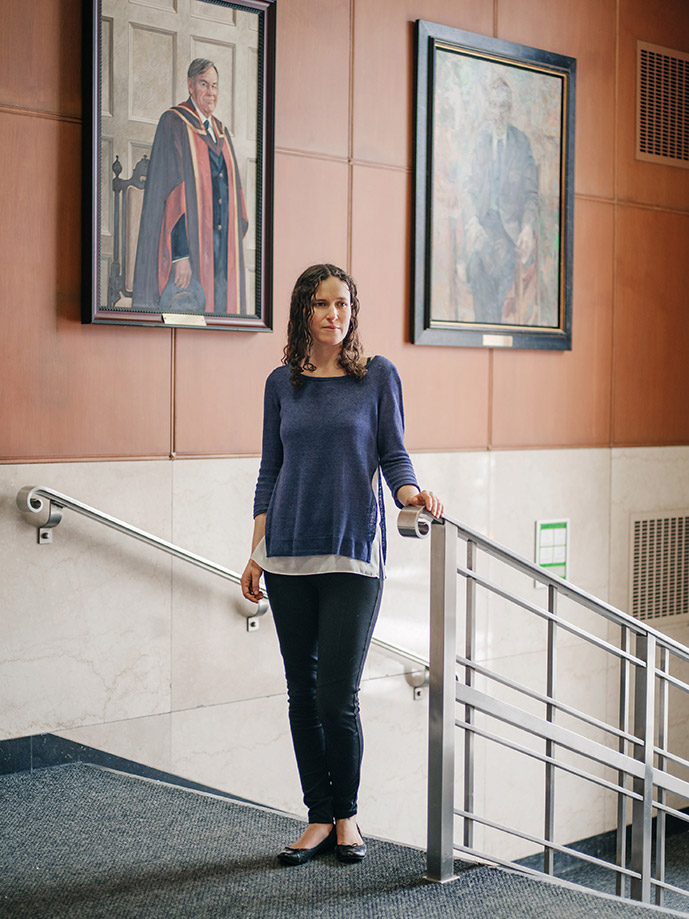
22. Because you’re supporting counsellors where students need them
Since 2014, the Rossy Foundation has donated $3 million toward student mental health, helping the university expand care across the three campuses. There are now counsellors in more than 20 faculties, programs and colleges. Here, Saretta Herman (MSW 2011), a wellness counsellor in the Faculty of Medicine, talks about the advantages of being “on location.” Read the full article
23. Because a study guide can help students in more ways than one

Every year, U of T students in the Faculty of Medicine revise and update Toronto Notes – a study guide for medical licensing exams, sold across Canada and internationally. They dedicate 80 per cent of the profits to student initiatives at the faculty, such as travel bursaries and wellness support. Proceeds from the study guide, now in its 35th edition, contributed almost $3.7 million to the Boundless campaign.
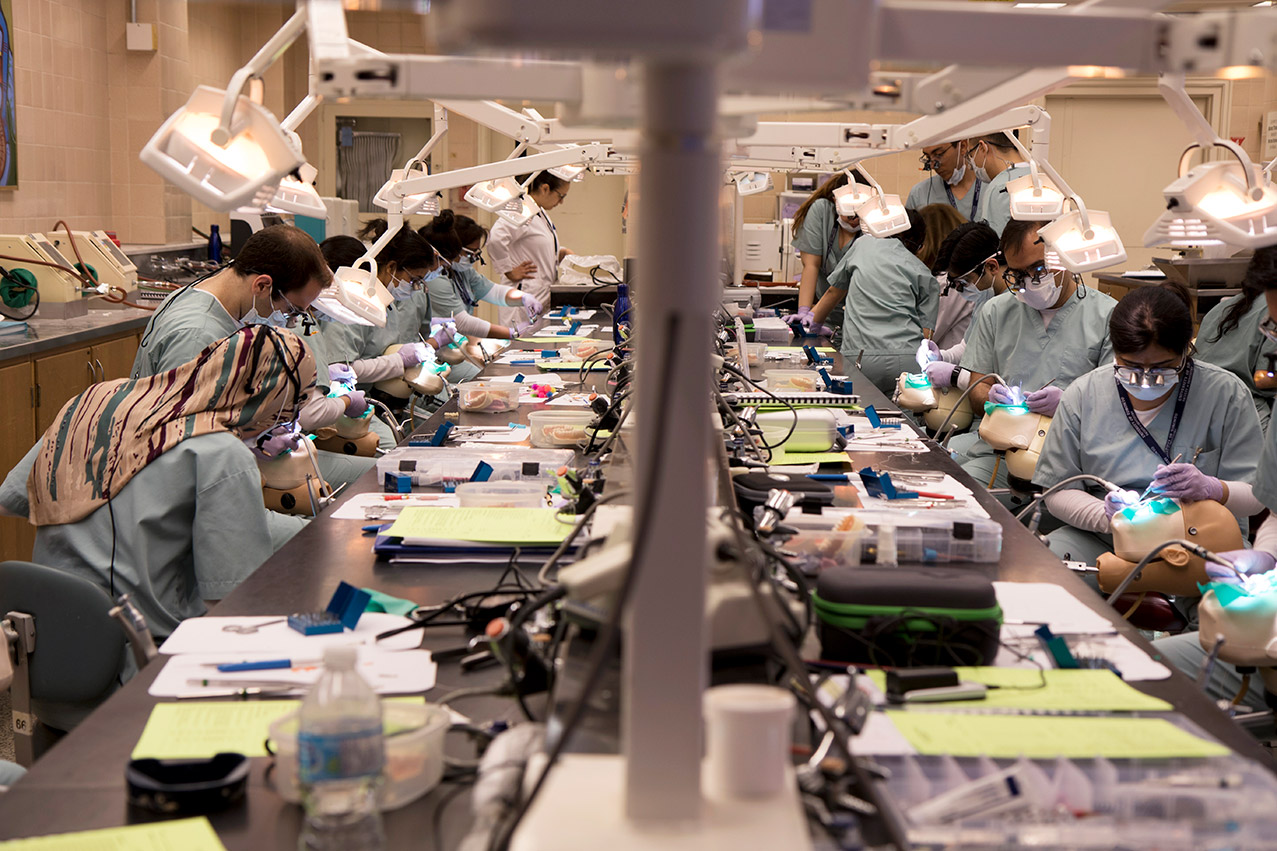
24. Because dentistry students are doing life-changing work
A lingering toothache brought Sadia Sharif to the Faculty of Dentistry’s clinic in 2016. There, a student dentist told the single mother of three that she needed a root canal – and that she had several cavities that needed filling. Read the full article

25. Because history won’t be told by a single voice
In 2018, Kavithaa Kandasamy enrolled in “The Making of Tamil Worlds,” taught by Prof. Ponni Arasu. Here, Kandasamy describes what the course meant to her. Read the full article
26. Because giving can start at any age
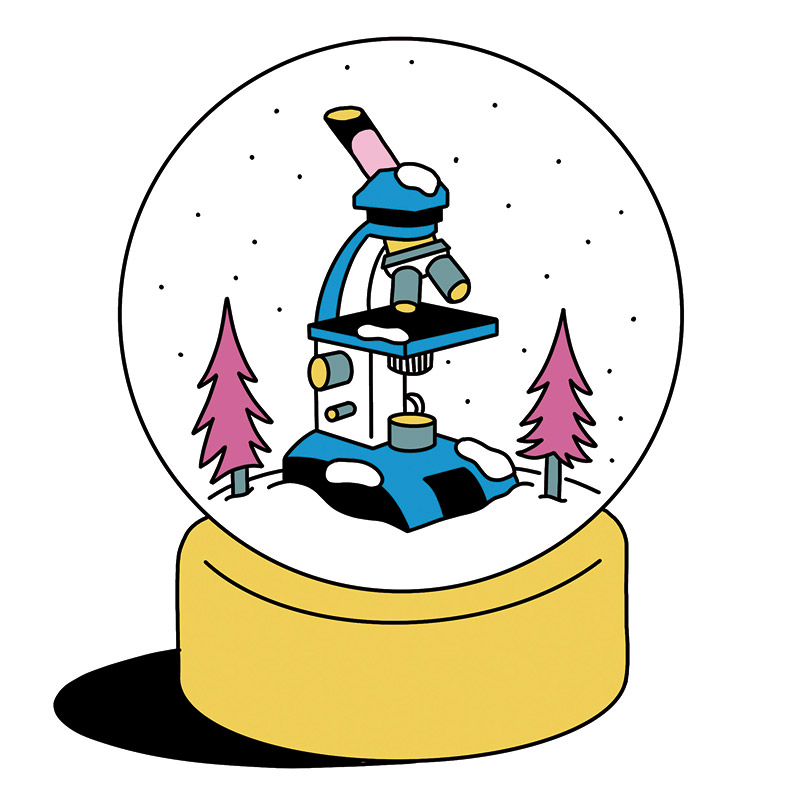
Each holiday season, Sylvia Vanhaverbeke (MDiv 1993) buys gifts for her nine grandchildren. A few years ago, to encourage them to think about philanthropy, she began asking them each to choose a charity – to which she would donate $100. Last year, her eldest, Quinn Cryderman (MASc 2015), selected the U of T Research Fund for Excellence – because, he says, he believes research will help find solutions to society’s problems.
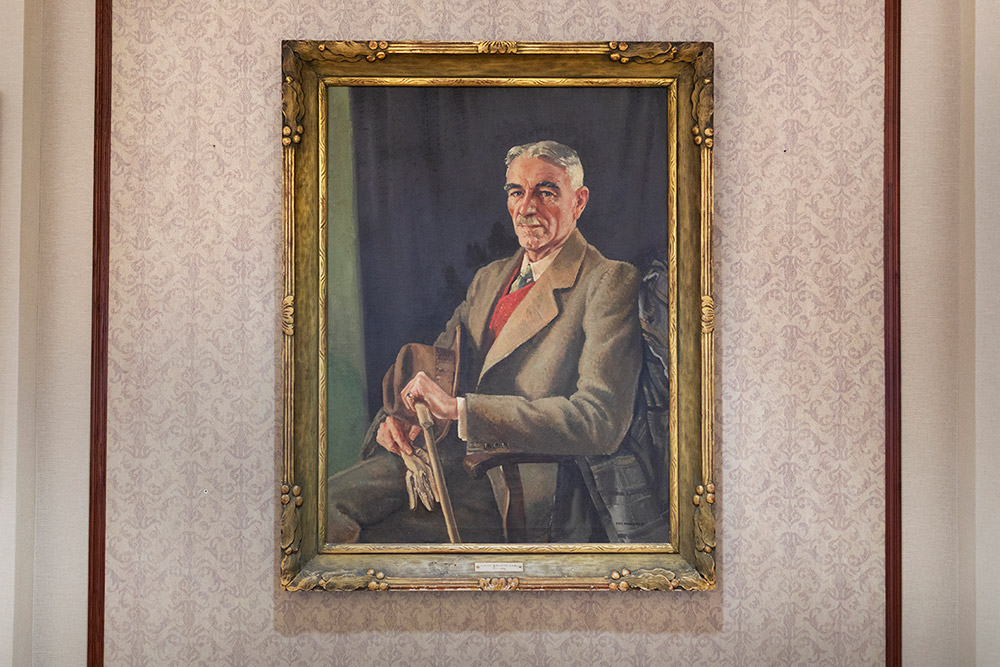
27. Because one gift, made 60 years ago, has helped hundreds of aspiring engineers
On the second floor of the Galbraith Building on the St. George campus hangs a stately portrait of John Edgar McAllister (BASc 1895), a man whose generosity has helped hundreds of engineering students attend U of T.
McAllister enrolled in first-year engineering at U of T in the late 1880s and received one of the few scholarships available at the time. He excelled at civil engineering but lacked wealth and connections, making it difficult to launch his career. (During his first assignment, in British Columbia, he and his wife lived in a tent for a year.) He eventually built a successful consulting business.
When he died in 1959, McAllister left instructions to establish a charitable foundation. His wish? To provide aspiring engineers with financial support so they could focus on their education, and not on how to pay for tuition. Over six decades, the foundation has provided U of T’s Faculty of Applied Science and Engineering with more than $7 million in student aid.
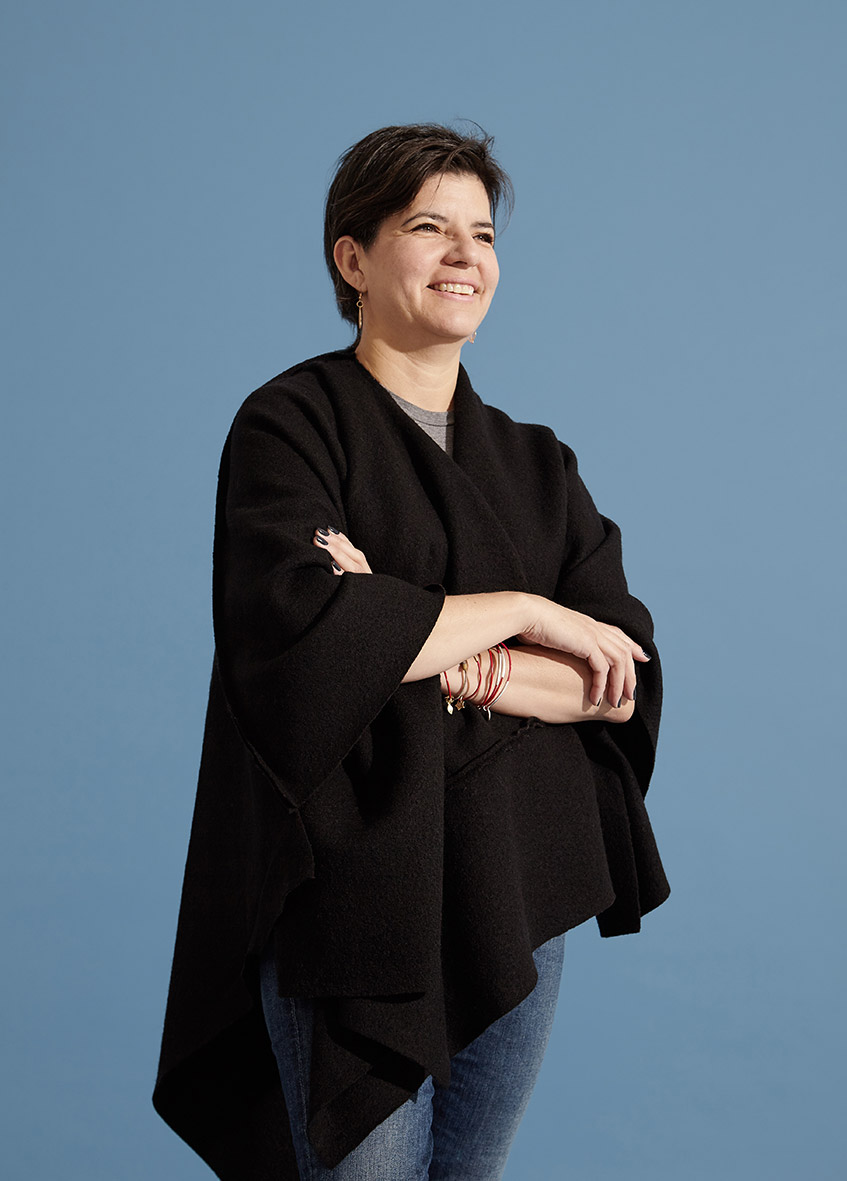
28. Because together we are doing more to help Indigenous parents
When Natasha was pregnant last fall, she had the usual worries of an expectant parent, plus one most never have to endure: that her newborn would be taken from her. “I was so scared about my baby being apprehended,” says the 30-year-old Ojibwe woman, who had no permanent home at the time and whose three older children were in foster care. Read the full article
29. Because Indigenous stories are supporting Indigenous Studies

Don Smith (BA 1968 Trinity, PhD 1975) grew up in Oakville, Ontario, where, he admits, he “knew nothing” about First Nations in Canada. Then, as a PhD student in Canadian history, he came across papers of the Ojibwe leader Sacred Feathers, which sparked a life-long interest in the stories of Indigenous peoples. In 1990, he created a scholarship for undergraduates in Indigenous Studies, which he bolsters each year with further donations and with royalties from two of his books – Sacred Feathers and Mississauga Portraits.

30. Because you can learn more than you think from a beer label
There are millions of books on the shelves at U of T’s libraries. But dig through the vaults, and you’ll discover a huge variety of other items: posters, sound recordings, films – even beer labels. U of T’s libraries actively acquire many of these things, but they also receive them as gifts-in-kind. These donations are hugely important, says librarian Loryl Macdonald, because they serve as the raw material for scholars to produce original and innovative research. Read the full article
31. Because no matter where you were, you gave – from 99 countries around the world
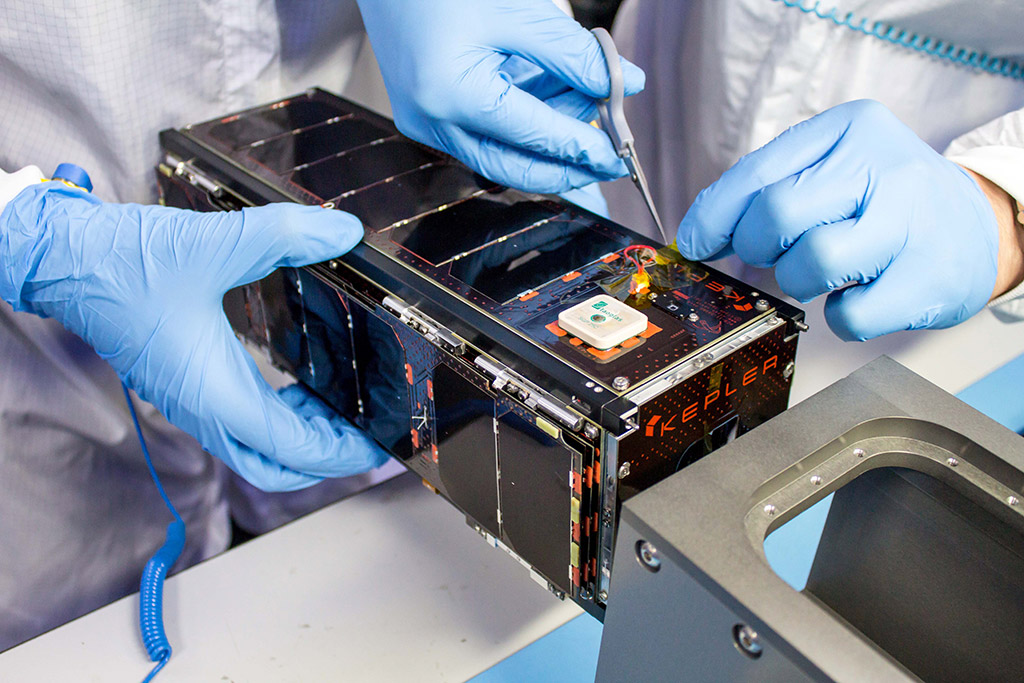
32. Because tiny satellites will connect vehicles in space
Kepler Communications, a startup with roots at U of T, is building a global telecommunications network using satellites so small that each one would fit in a gym bag. These tiny satellites require a fraction of the power of conventional devices and can be launched for $250,000, compared to as much as $500 million for a typical satellite. Read the full article

33. Because like us, you wonder how the universe began
In 1921, Clarence Chant, the head of U of T’s department of astronomy, was having trouble finding anyone to support his dream of building an observatory near Toronto. But after a public lecture about a possible civilization-destroying comet, he met amateur astronomer David Dunlap. The two became friends and when Dunlap died in 1924, Chant asked his widow, Jessie, whether she would finance an observatory as a memorial. She agreed, donating the funds for the construction of the David Dunlap Observatory near Richmond Hill, Ontario. When it opened in 1935, the observatory’s 74-inch telescope was the second-largest in the world. Some of Canada’s best known astronomers worked at the facility and, in 1972, U of T astrophysicist Tom Bolton used observations he had made there to prove the existence of black holes.
Decades later, lights from a vastly larger Toronto had rendered the observatory ineffective. In 2007, the university and the Dunlap family agreed to sell the facility, with the proceeds forming an endowment fund that established the Dunlap Institute for Astronomy and Astrophysics – which now conducts research into fundamental questions about the universe.

34. Because the future is truly boundless
Last fall, I hosted a celebration to mark the 10th anniversary of the Dunlap Institute for Astronomy and Astrophysics. Several scholars from the institute spoke at the event, and each remarked that the opportunity and freedom to pursue curiosity-driven research is what drew them to U of T. Read the full article





